Agritourism
| Keep farmers on the land. |
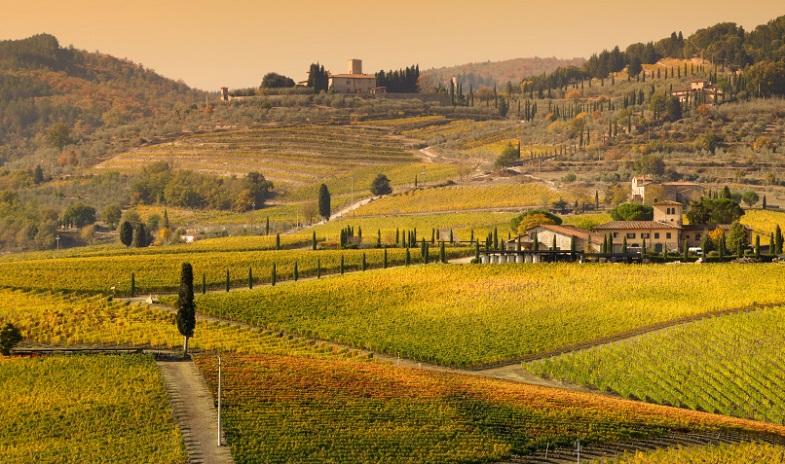 |
| What is Agriturismo (farm holiday)? |
|
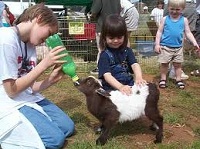 Agricultural Tourism is the Holidays concept of visiting a working farm or any agricultural, horticultural, or agribusiness operations for the purpose of enjoyment, education, or active involvement in the activities of the farm or operation. Agricultural Tourism is the Holidays concept of visiting a working farm or any agricultural, horticultural, or agribusiness operations for the purpose of enjoyment, education, or active involvement in the activities of the farm or operation.
In general Agri Tourism is the practice of attracting travelers or visitors to an area or areas used primarily for agricultural purposes |
 The history of the agriturismo in Italy, began in 1965 but the first official Italian farmhouse was created in 1973. The history of the agriturismo in Italy, began in 1965 but the first official Italian farmhouse was created in 1973.
A relatively small amount of arable land, high population density, and high land and labor costs in several E.U. countries make it difficult for many families to stay on farmland that has been handed down for generations.
As part of the policy package developed to address these issues, the European Union has created incentives for producers to add value to agricultural production by participating in agriturismo. |
| The overall effect has been a gradual change in the way some E.U. farmers are using the land to produce and market agricultural products. E.U. member-states have followed suit by enacting complementary national policies to encourage agriturismo as a method of revitalizing rural areas by increasing farm income, creating new jobs in rural communities, adding value to agricultural products, and diversifying the country's tourism sector. |
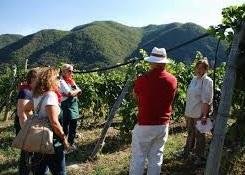 The E.U. approach to agriturismo provides an interesting example of a policy package that encourages farmers to explore more than one alternative use for their land and output. The E.U. approach to agriturismo provides an interesting example of a policy package that encourages farmers to explore more than one alternative use for their land and output.
Many of these policies favor younger producers, poorer regions, and less-favored areas where environmental restrictions limit production opportunities.
Unlike the traditional system of transporting agricultural products to off-farm markets, agriturismo brings customers to the farm. |
 Farmers who have included agriturismo in their farming operations are discovering that tourists are prepared to spend large amounts of money on vacations in rural areas. Farmers who have included agriturismo in their farming operations are discovering that tourists are prepared to spend large amounts of money on vacations in rural areas.
In addition to meals consumed on-site, tourists purchase locally produced wines, prepared meats, cheeses, jellies and jams, honey, baked goods, and crafts.
In most cases, agricultural production remains the primary activity of the farm and agriturismo is a secondary activity that adds value and marketing opportunities to the farm's crops and livestock production |
In part because of economic incentives provided to producers and to address concerns of the hotel and restaurant sectors, agriturismo in 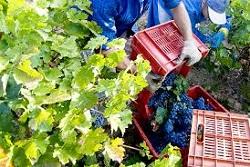 Italy is heavily regulated. Italy is heavily regulated.
Italian farmers can provide one of three levels of guest services: self-service snacks/light meals; full-service meals; or "farm holidays" that include meals, sleeping accommodations, and recreational opportuni- ties.
In addition to each of these services, the farm family can sell products to be consumed later.
For each level of service, a percentage of the items purchased by tourists must be produced on the farm.
Farmers providing self-service snacks/light meals must produce 51 percent of the products they sell to tourists. |
On farms providing full-service meals (sit-down meals served by wait staff), at least 60 percent of the products sold must be raised on the farm, 25 percent must be raised on farms in the local area, and up to 15 percent can be purchased commercially.
Many farmers provide full-service meals only on weekends because weekends are the most popular days for tourism, the farmer receives an immediate supply of cash, and the family can devote weekdays to other farming activities.
Farmers providing farm holidays can host up to 30 overnight guests per night for a maximum of 160 days per year. |
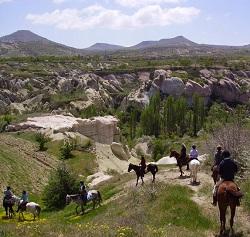 Recreational activities for farm holidays include hiking, horseback riding, exploring historical landmarks, wine-tasting classes, stomping grapes, and evening musical events. Recreational activities for farm holidays include hiking, horseback riding, exploring historical landmarks, wine-tasting classes, stomping grapes, and evening musical events.
In some regions, farmers/operators must obtain licenses to participate in agriturismo.
The farm operator must have two years of farming experience (also necessary to receive government funding), complete 100 hours of training, and pass an oral exam.
The training includes courses on law, farm management, financial accounting, hygiene and sanitation, transporting and processing food products, and hospitality, all of which can be adapted to address specialty products of the area such as wines, cheeses, or fresh produce. |
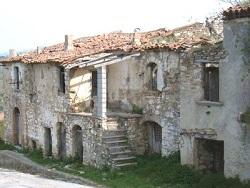 One of the main obstacle is the cost of remodeling buildings to accommodate guests. One of the main obstacle is the cost of remodeling buildings to accommodate guests.
Although the Italian government provides grants for these projects, demand greatly exceeds funding.
Over the past five years, agritourism in Italy has increased by 25 percent, mostly because of the increase in the number of farms offering overnight accommodations.
As noted, farmers are encouraged to promote traditional culture, social customs, and foods. |
 The emphasis on traditional foods is enormously attractive in Italy, where eating and sharing meals historically has played an important social role. The emphasis on traditional foods is enormously attractive in Italy, where eating and sharing meals historically has played an important social role.
At the same time, linking agriturismo to local production appeals to modern consumers interested in alternative and economical tourism options, more information about the origin of the foods they consume, environmental responsibility and animal welfare, and health and nutrition.
Producers appear to be responding to this consumer demand by slowly moving away from conventional agricultural production, as evidenced by the increasing number of farmers engaging in agritourism and producing high-value food products to sell to farm visitors.
Excerpts from the CARD http://www.card.iastate.edu/ |
| |
|
Agritourism in
Southern Italy |
| PLEASE REMEMBER THE |
 |
When you book directly you are helping the local economy and those providing the service.
Third parties "on line booking" agencies have no incentive to please you, their main objective is to attract new clients NOT to keep old ones. |
Millions of Pounds / Euro’s/ Dollar’s are taken from local communities all over the world for the gain of corporate giants and their shareholders.
With little in the way of overheads, profits for the online marketing players are huge!
When you consider the nature of a market which includes only a few large, global businesses each operating multiple online booking brands then you really start to get a feel for the cash cow these guys are milking for all its worth!
While 15% per booking might not seem a great deal, when you multiply this across the number of hotels, guest houses, B&Bs and so forth involved in your local community, then in your province or state and then in your country… you can see that the impact on the hotel and accommodation sector and the wider economy is quite astounding. |
 |
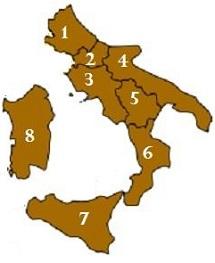 |
| 1) ABRUZZO |
| 2) MOLISE |
| 3) CAMPANIA |
| 4) APULIA |
| 5) BASILICATA |
| 6) CALABRIA |
| 7) SICILY |
| 8) SARDINIA |
 |
Travel by car
Booking issues |
|
| |
|
|
| |
| ////// Made in South Italy Today.com-2013-Hamilton-Ontario-Canada //////////// Webdesign & CMS by AlboDigital ///////// |
| |

|

